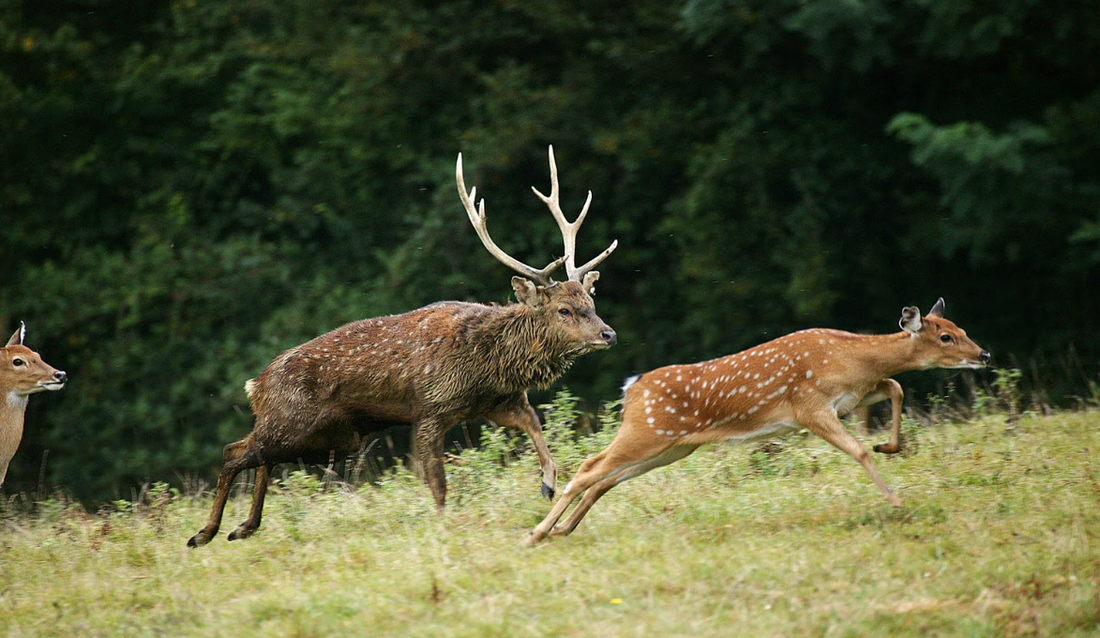The British Isles are home to six native and naturalised species of deer. These species have distinct habitats and play a crucial role in the ecology of the local environments they inhabit. However, human activities often intersect with deer populations, sometimes to the detriment of both deer and the ecosystems they reside in.
Species Overview and Distribution:
The largest land mammal in the UK, red deer are predominantly found in Scotland, particularly in the Highlands, and in parts of England such as Exmoor and the Lake District.
Roe Deer (Capreolus capreolus):
Roe deer are widely distributed across the UK. They are adaptable and found in a variety of habitats including woodland, farmland, and even urban areas.
Introduced by the Normans, fallow deer are now widespread and found in many English counties, particularly in wooded areas.
Sika Deer (Cervus nippon):
Native to East Asia, sika deer were introduced to the UK in the 19th century. They are primarily found in Scotland but have populations in southern England as well.
Muntjac Deer (Muntiacus reevesi):
Originally from China, muntjac deer have established populations in southern England and are slowly expanding their range northwards.
Chinese Water Deer (Hydropotes inermis):
Primarily found in the fenlands of Cambridgeshire and along the Norfolk coast, Chinese water deer have a restricted distribution compared to other deer species.
Ecological Importance:
Deer play a vital role in shaping the vegetation of the ecosystems they inhabit. Through their grazing and browsing activities, they influence the composition and structure of woodland and other habitats, which in turn affects other wildlife species. Additionally, deer serve as prey for predators, contributing to the ecological balance.
Impact of Human Activities:
Human activities, particularly land development and recreational activities, can have significant impacts on deer populations and their habitats. Urban expansion, road construction, and agricultural activities often result in habitat fragmentation, which can lead to conflicts between deer and humans. Moreover, unregulated hunting and poaching have also been issues in certain areas.
Effective deer management is crucial to mitigate negative interactions, ensure the conservation of deer populations, and maintain the ecological balance. Understanding the distribution and ecology of deer species, alongside the impact of human activities, provides a foundation for informed deer management practices, which is essential for landowners and conservationists alike.
This introduction to British deer species and their habitats lays the groundwork for a deeper exploration into the complexities of deer management, which is crucial for preserving the UK's rich biodiversity and ensuring a harmonious coexistence between humans and deer.




